The ecommerce space is laden with tools and platforms designed to make setting up shop a breeze. BigCommerce, for example, can serve as the centerpiece of your online infrastructure as it takes care of your core ecommerce store management tasks, including inventory management, storefront design, sales across channels, and even marketing. It also integrates with scores of third-party services and apps.
Then again, there’s no such thing as a one-size-fits-all solution when establishing and growing a business, especially online. To make the most out of your money, you need to look for investments that perfectly match your specific needs.
In this post, we’ll explore seven key features of BigCommerce that may make it a good fit for your business. Hopefully, this will help you decide on the platform that’s best for you.
1. CMS-Like Interface
The rise of visual site builders and intuitive, modular content management systems (CMS) like WordPress have given way in recent years to a new generation of websites.
They started a tradition that makes creative ideas substantially more valuable than coding skills when it comes to web design and development. Because when the playing field is level in terms of technical capabilities, success is all about being distinctive.
BigCommerce’s back-end dashboard follows this lead, providing you with a CMS-like interface — complete with a familiar-feeling dashboard and a visual page builder. For seamless navigation, a retractable menu is always visible on the left sidebar, while the main window takes up most of the screen.
As you can see, the BigCommerce main menu is quite comprehensive. It also transitions fluidly to submenus — making it significantly easier to know your way around.
You can also pull up the “Help” section at the bottom of the menu to access specific instructional resources.
2. Fully Customizable Themes
To quickly put up a working skeleton of your online store, you just need to click the “Customize your store” button on the dashboard or navigate to the “Storefront” tab.
A theme comes pre-installed to all new BigCommerce sites. You can go ahead and customize it, or select a new one by clicking the “Theme Marketplace” button.
You may notice that the pricing for paid themes can be quite steep, but there are also a handful of free ones you can use. Besides, a theme can save you a ton of development time — enabling you to focus more on managing your store, creating content and generating demand.
BigCommerce themes can also be purchased from external resources like ThemeForest. To install custom themes, all you need to do is head to “My Themes” and then click the “Upload Theme” button.
3. Visual Editor
After applying a theme, you can start modifying how it looks by clicking the “Customize” button in the “My Themes” section.
This will launch the “Stencil Theme Editor,” which lets you edit certain aspects of the active theme. You can personalize your buttons, change the color scheme, or directly edit the theme files.
BigCommerce also lets you create a custom carousel for your homepage. This can be accessed by clicking “Home Page Carousel” back in the “Storefront” tab.
Aside from the homepage, you can also go to the “Web Pages” tab to edit other areas of your site.
You’ll notice that the blog, “Contact Us” page, and “Shipping & Returns” pages are already pre-built. Simply click on each to edit it, or create new ones using the “Create a Web Page” button.
When creating web pages, you have a total of five options, which are categorized according to the goal of your page.
4. App Marketplace
Take note that we’ve barely scratched the surface of BigCommerce’s capabilities in terms of design and functionality.
Just like a standard content site CMS, you can also use third-party apps to further personalize and expand your online store. You can discover a wide array of useful apps in the marketplace.
With the help of apps, you can quickly introduce new functionality and services to your site like payment gateways, billing solutions, exit-intent popups, and automated prompts for reviews.
The good news is, services that require you to have an account outside of BigCommerce are usually free to integrate. All you need to do is click on their image to view their details, and then click the “Install” button.
Once installed, the service should become visible in the “Apps” tab of the dashboard. Don’t forget to confirm apps whenever needed by launching them and clicking the blue “Confirm” button.
5. Robust Product Management
BigCommerce is equipped with a number of product management features such as filtering, categories, brands, and reviews.
To start adding products to your store, head to the “Products” tab or click “Add Products” from the main dashboard.
When adding products, BigCommerce makes it easy to specify the essential details such as the product name, type, tax class, price, and physical dimensions.
You can also switch to other tabs to edit other information such as bulk pricing rates, product multimedia, and inventory tracking.
For some items like clothing, you can also utilize the advanced product options to personalize the orders. This will allow you to create product option sets based on properties, like item size and color, which also comes in handly for setting up powerful faceted search parameters.
To manage these fields, simply go to the “Options & SKUs” tab.
As your online store grows, you may eventually have to manage hundreds — if not thousands — of products on BigCommerce. To avoid getting overwhelmed, you can easily use the “Quick Search” bar whenever looking for a specific product, order, or even a specific customer.
This leads to the next important feature that makes BigCommerce shine as an all-around platform.
6. Easy Customer Management
Developing user-oriented experiences is crucial if you want to build a trustworthy and approachable brand.
With BigCommerce, users can create their own accounts in order to avail discounts as well as access specific product categories.
You can view, add, and search for customers by clicking the “Customers” tab.
Of course, customer accounts don’t really matter if you don’t have an elaborate relationship-building strategy for them. That’s what the “Customer Groups” tab is for.
By clicking the “Create a Customer Group” button, you can start providing them with discount benefits per product level or category. You can also design “VIP” memberships that grant storewide discounts.
7. Built-In Marketing & Analytics
Last but not least, BigCommerce is packed with marketing and analytics tools.
You can create coupon codes, offer cart-level discounts, sell gift certificates, or even launch full-on email marketing campaigns — all in the same place. While other platforms offer features like these as add-ons that integrate with third-party services, BigCommerce offers many of them right out of the box.
A great way to utilize BigCommerce’s marketing features is to set “Abandoned Cart Notifications,” which automatically send emails to customers whenever they leave your site during the checkout process.
Doing so will allow you to recover lost sales from customers who may have left for unexpected reasons, such as losing internet connectivity, not having enough cash on hand, being distracted, and so on.
Finally, you can improve your online selling and marketing strategies over time with the help of BigCommerce’s “Analytics” section.
Here, you can view useful data regarding your online store’s performance benchmarks, such as revenue, orders, and conversion rate.
Conclusion
Clearly, BigCommerce is armed to the teeth with features that can help your brand dominate the industry you’re in. Then again, just because something works doesn’t mean it’ll be for everybody.
The good news is, BigCommerce offers a free two-week trial for those who are interested in its services. If the points above aren’t enough to convince you of how powerful the tool is, feel free to check out their site judge for yourself.
If you are interested in even more e-commerce-related articles and information from us here at Bit Rebels then we have a lot to choose from.
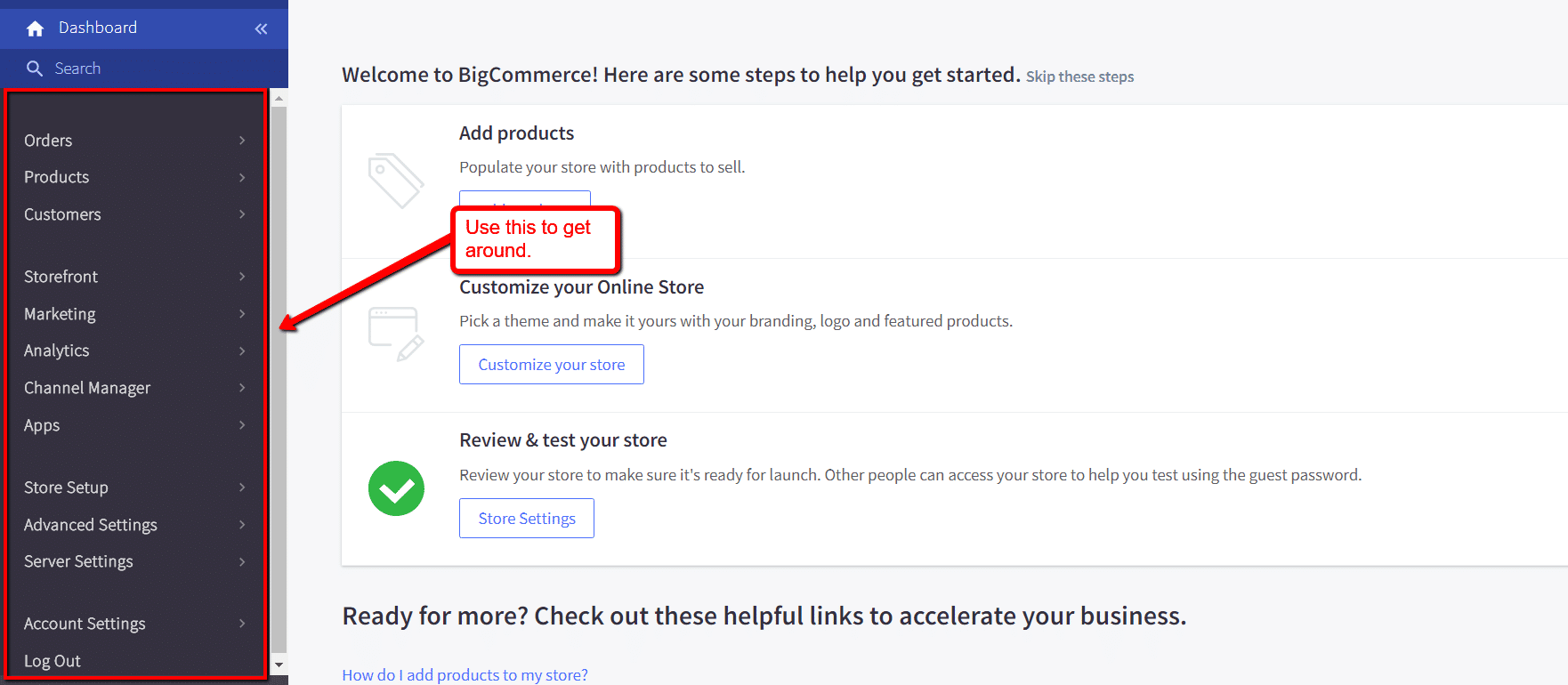
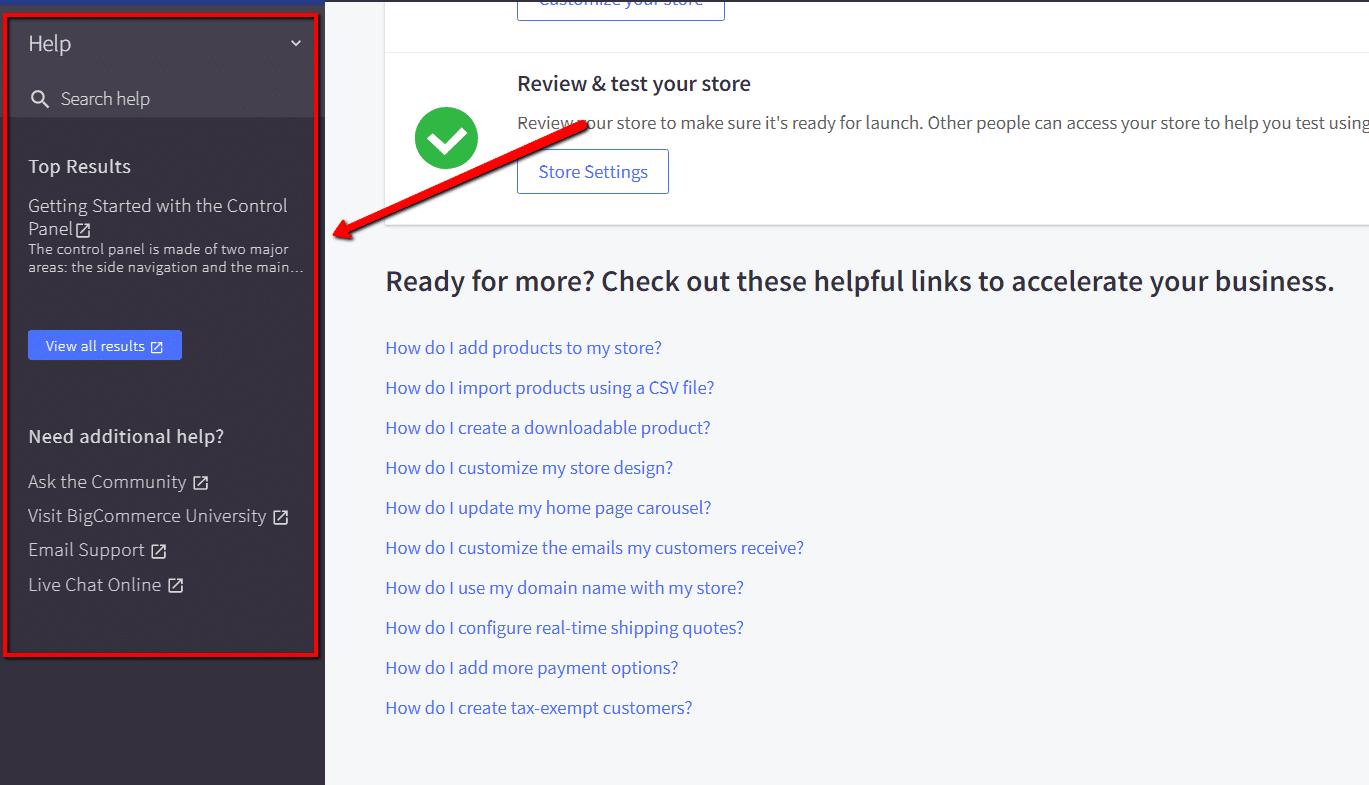

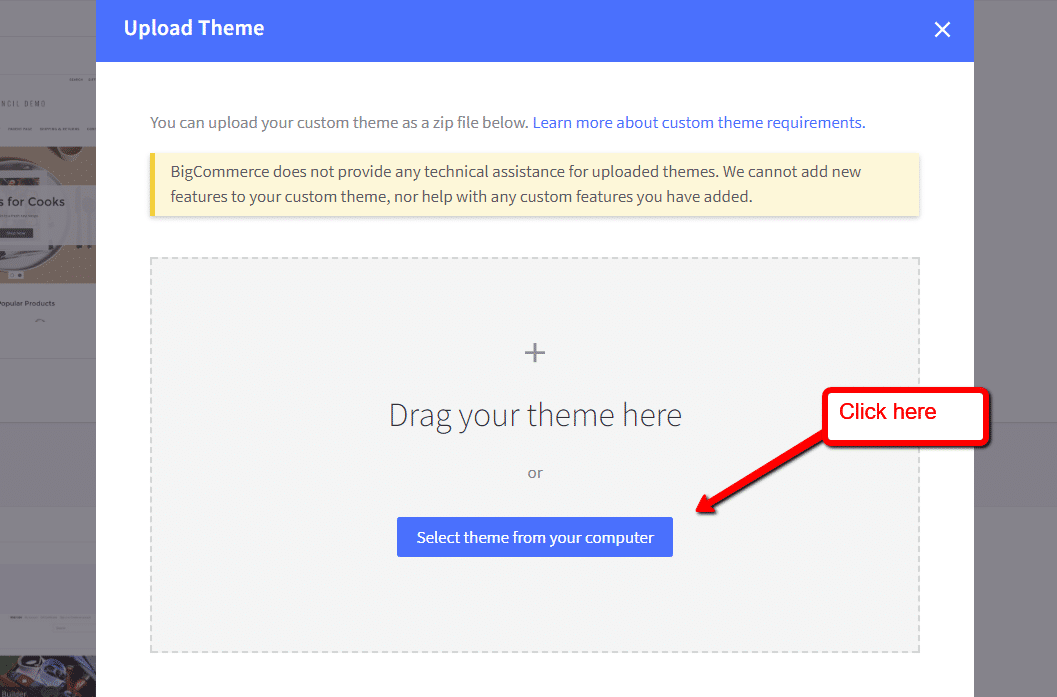
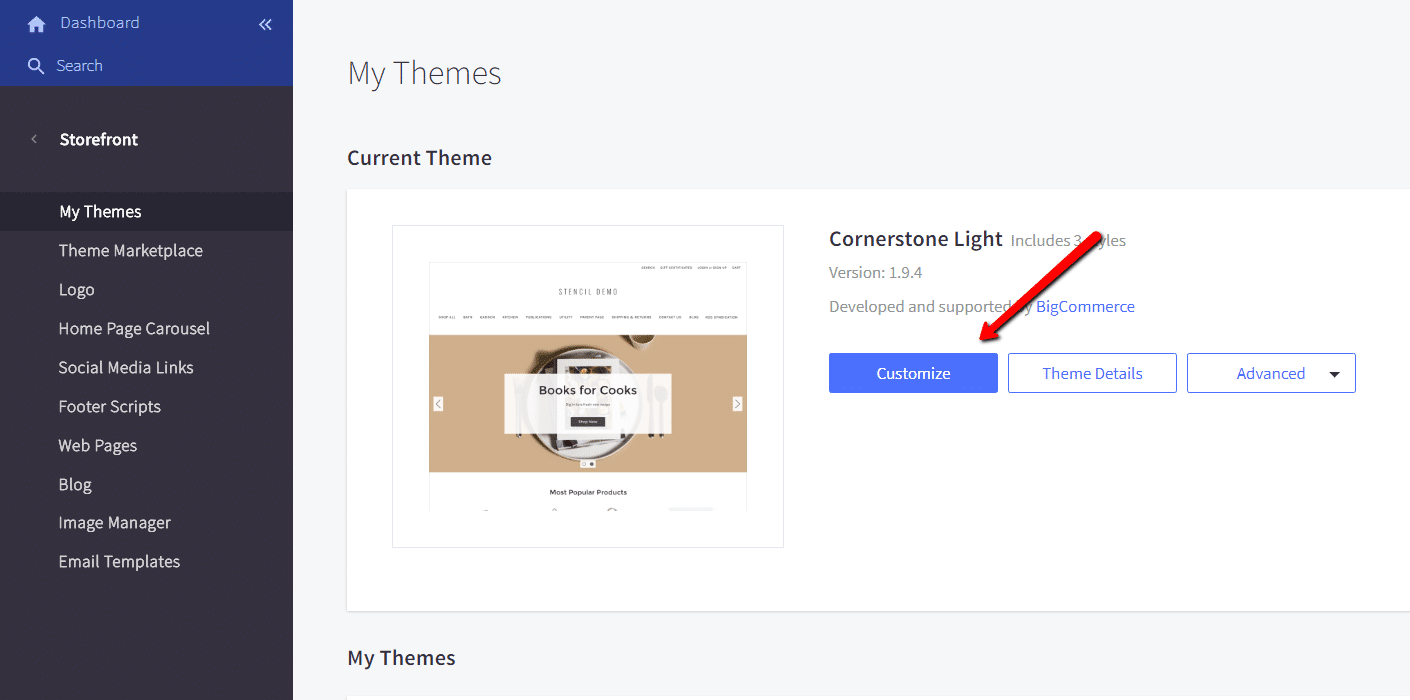
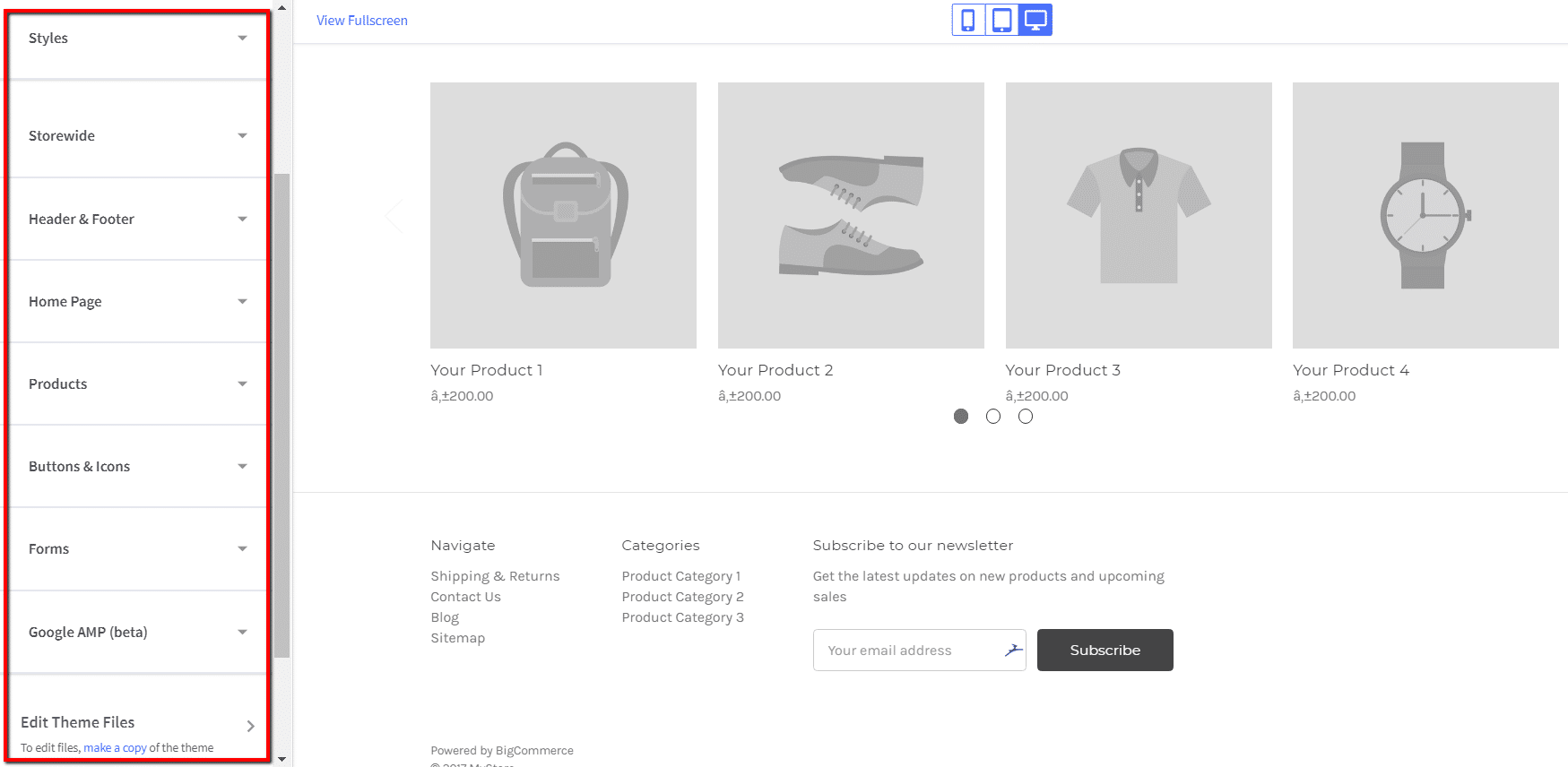
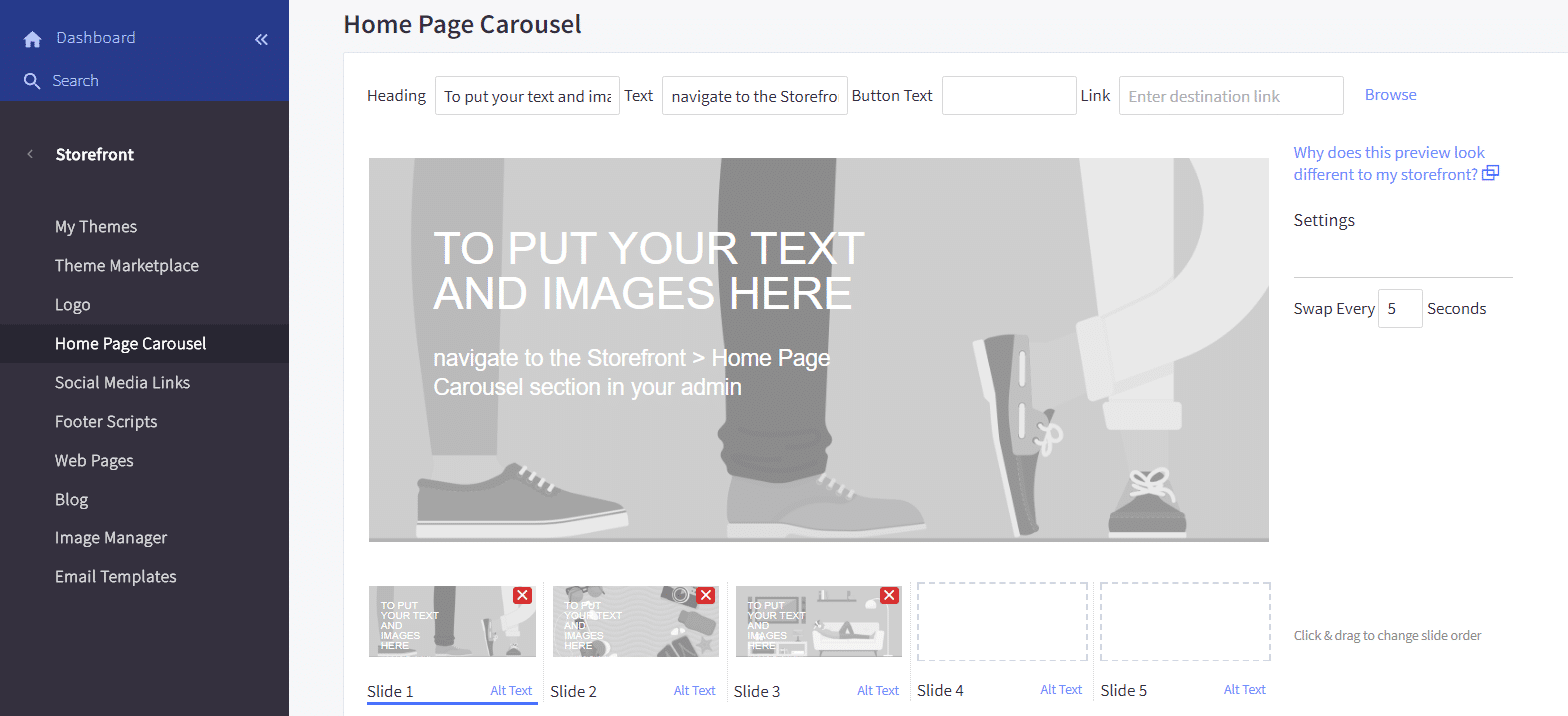
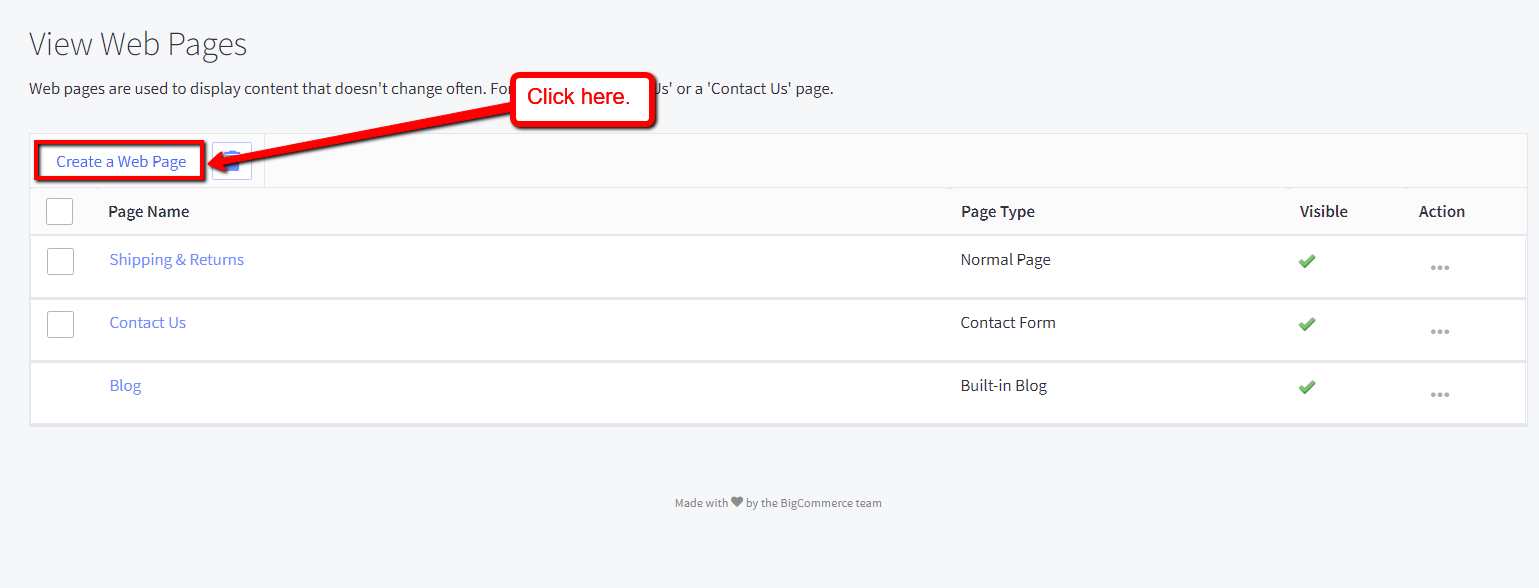
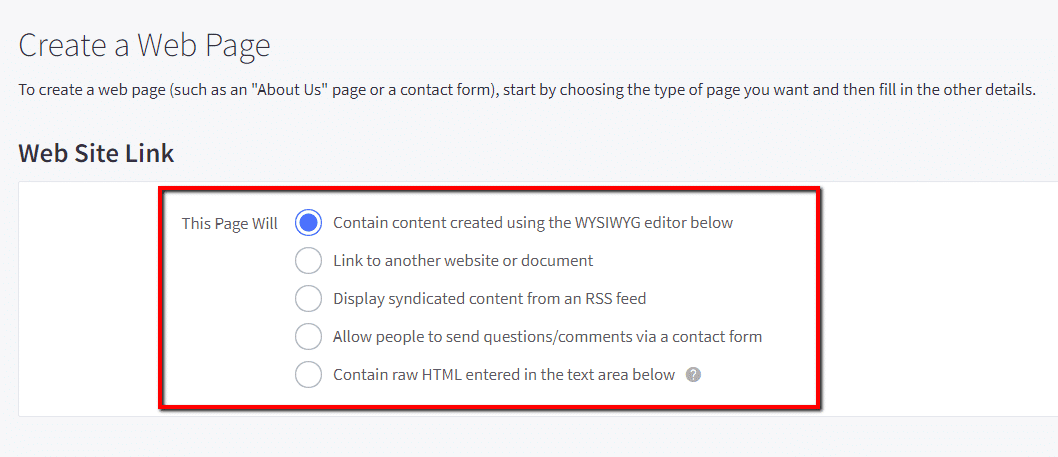
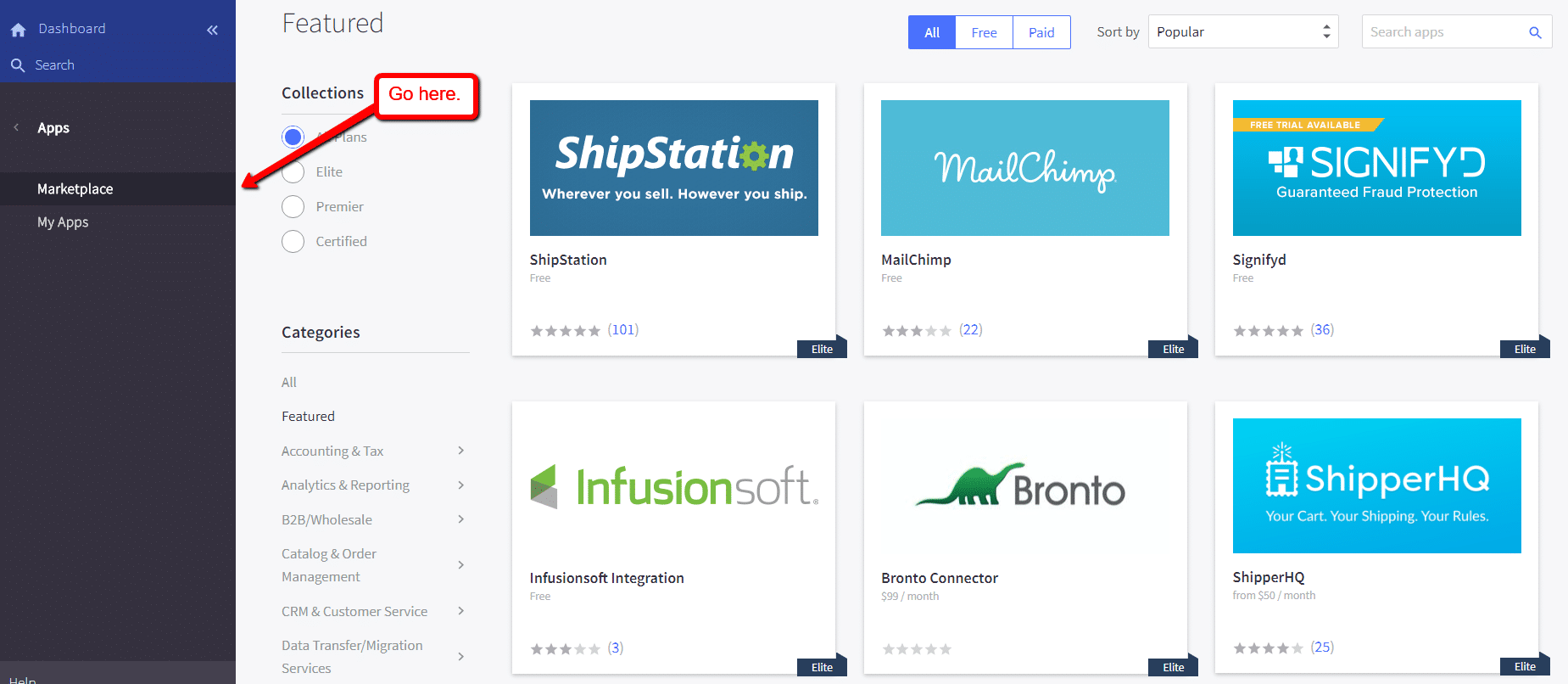
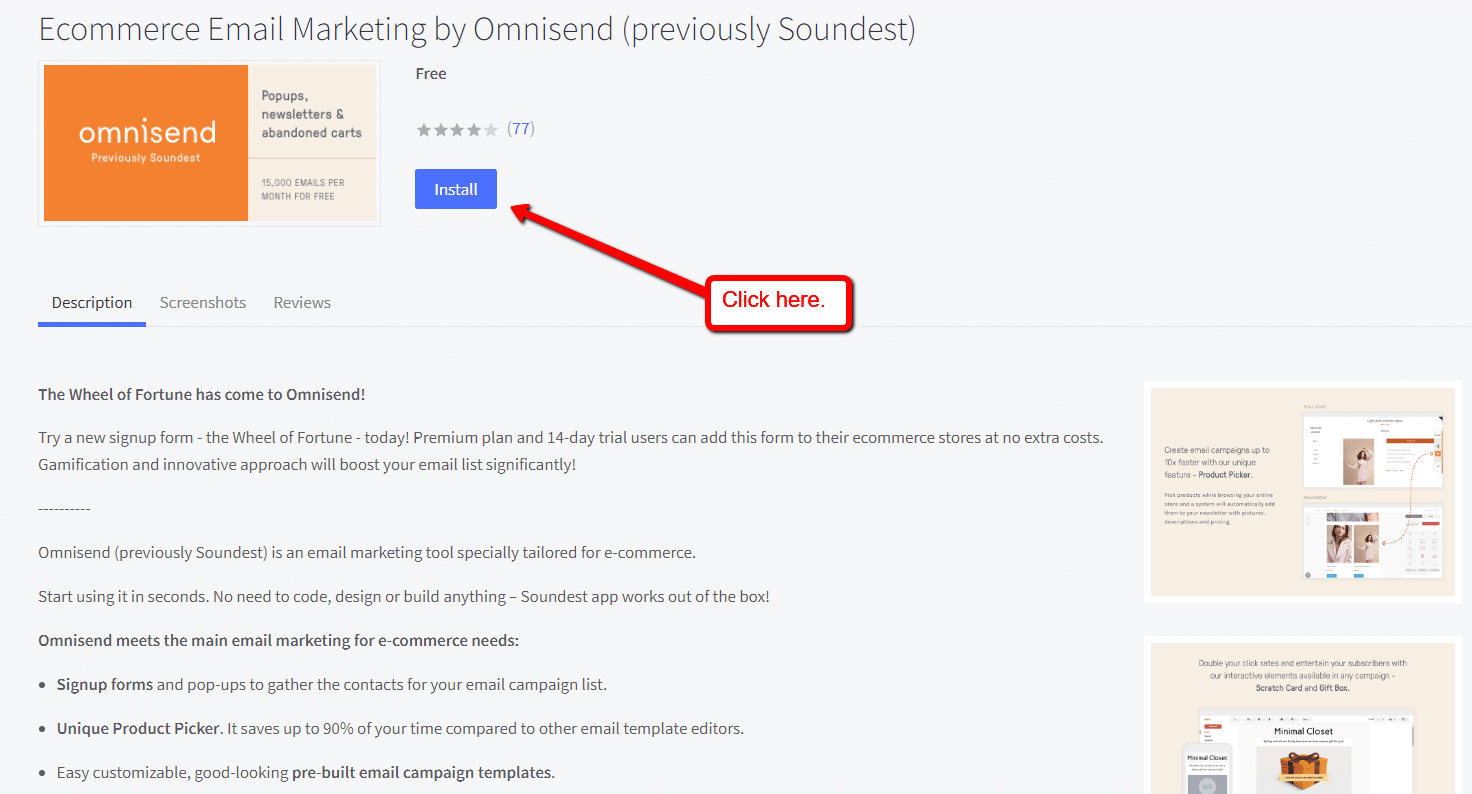
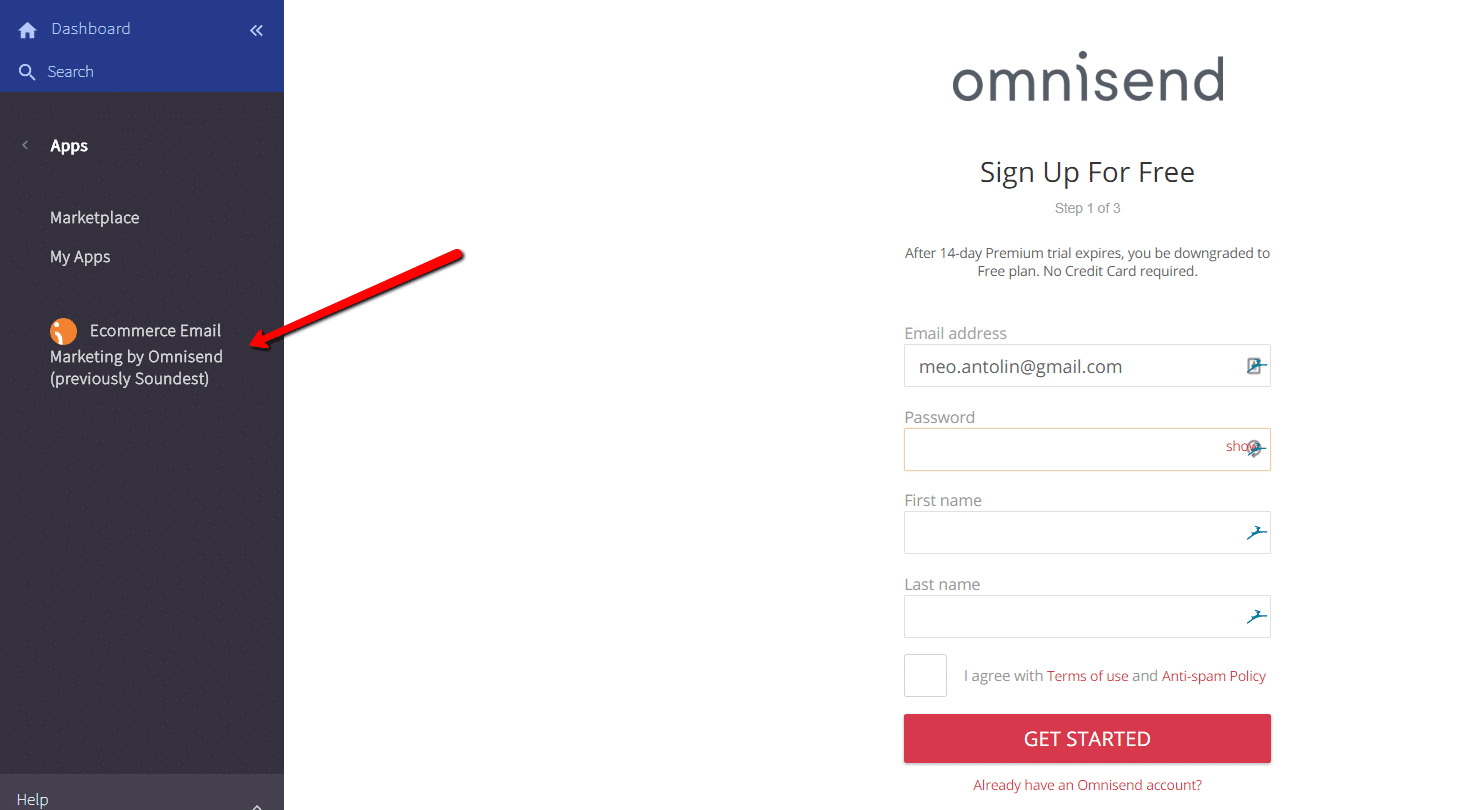
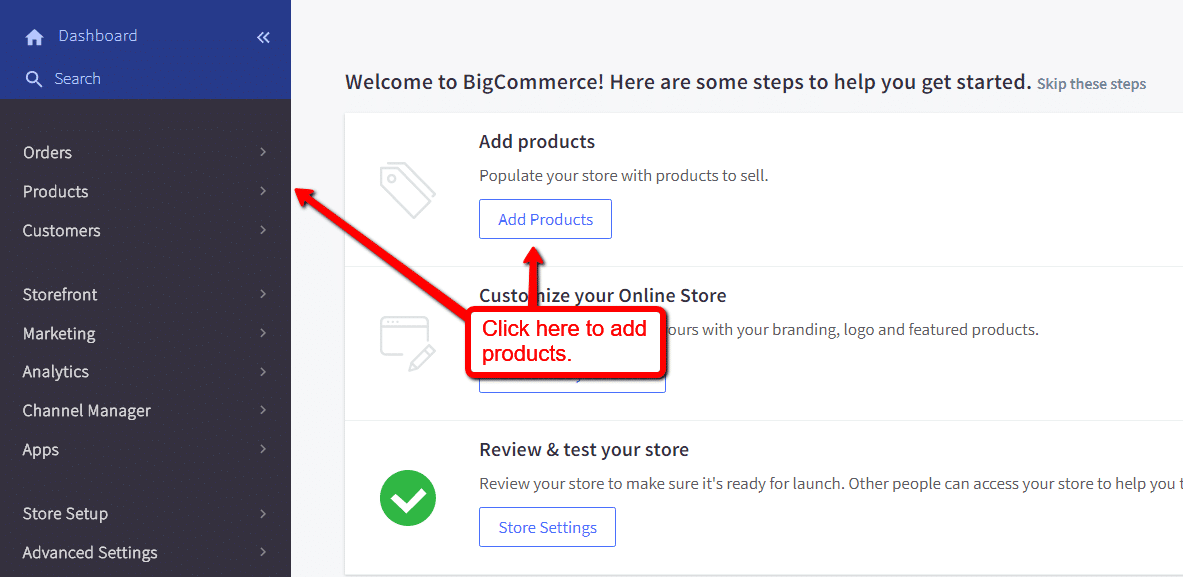
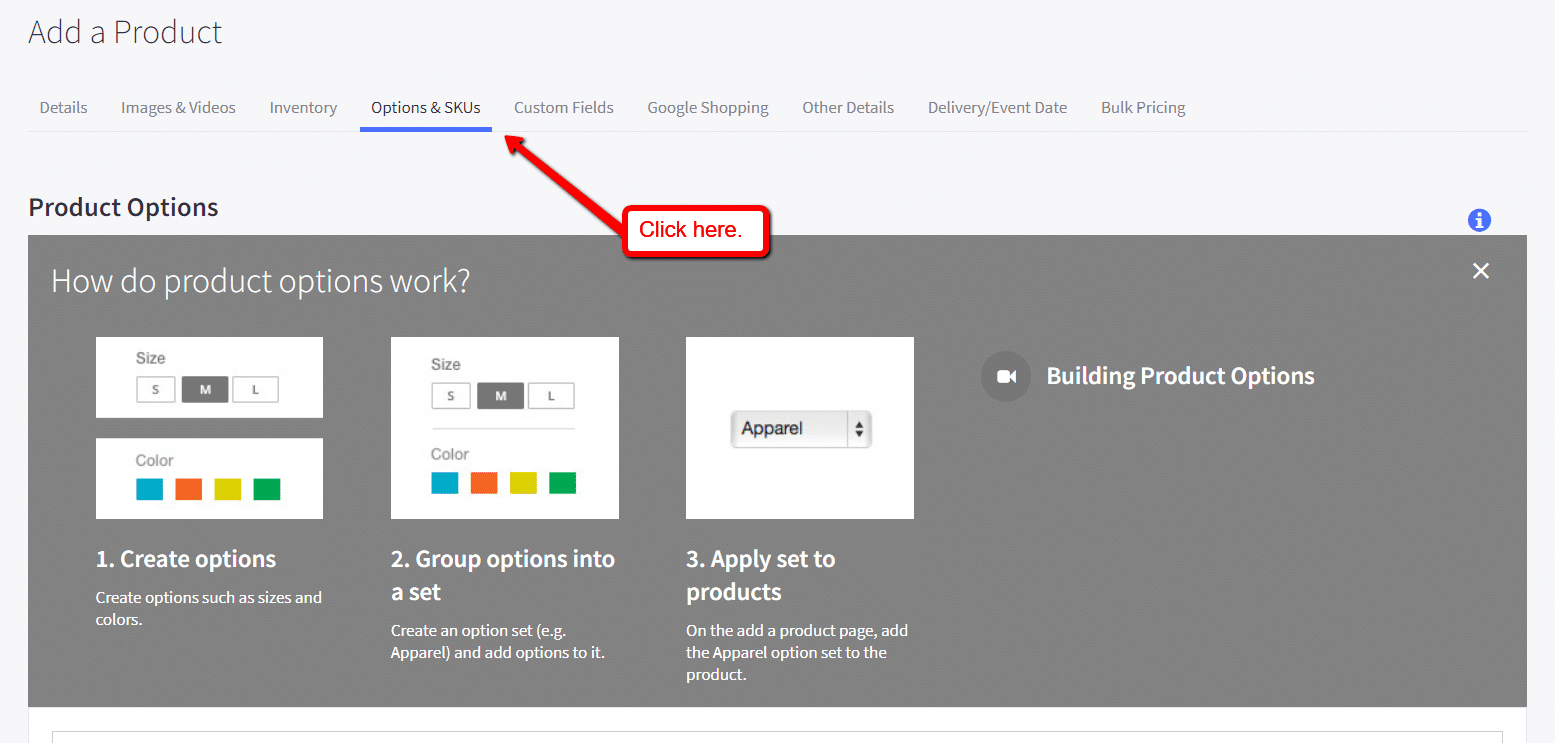
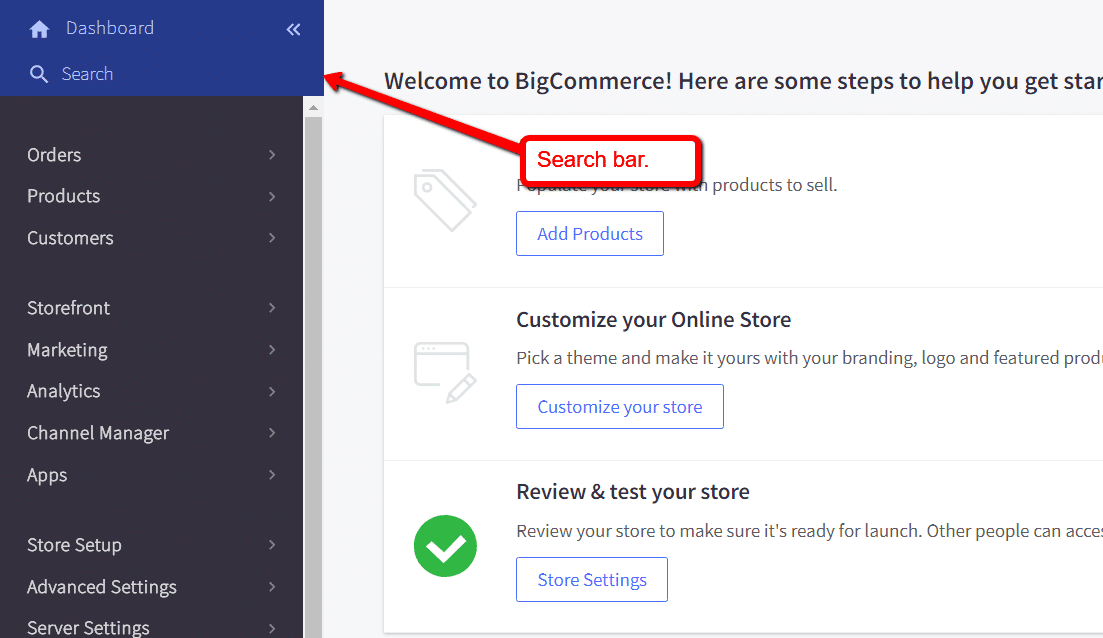
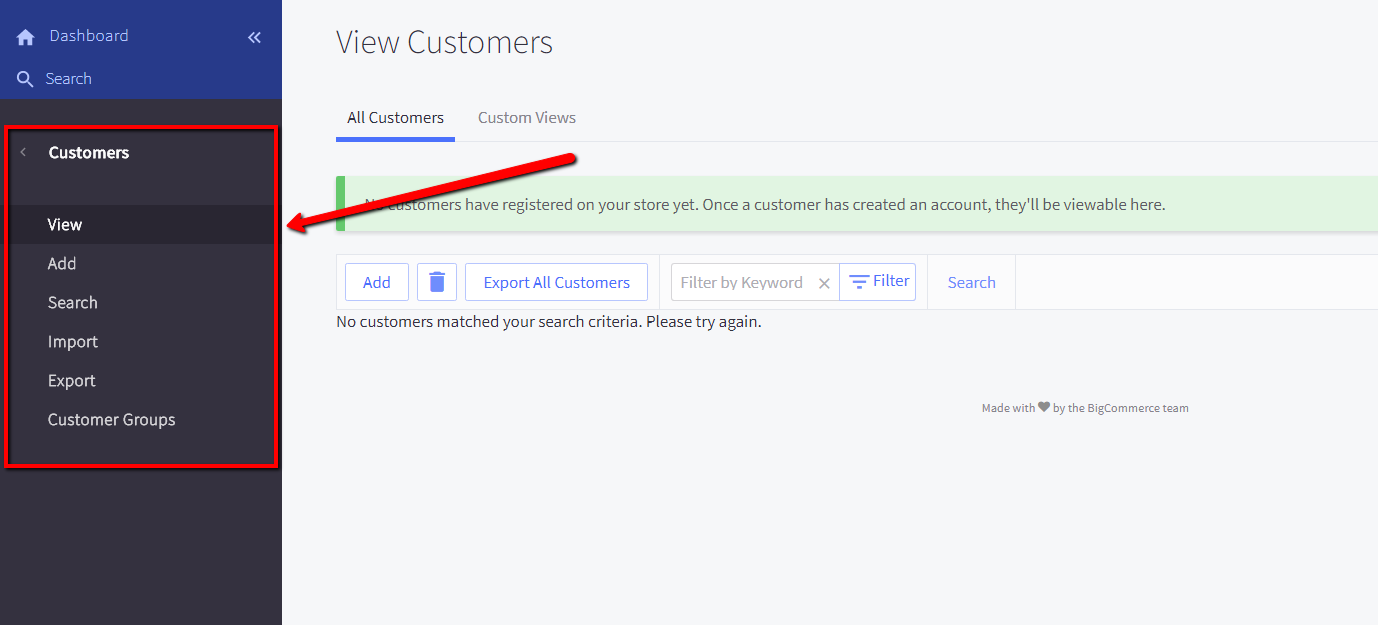
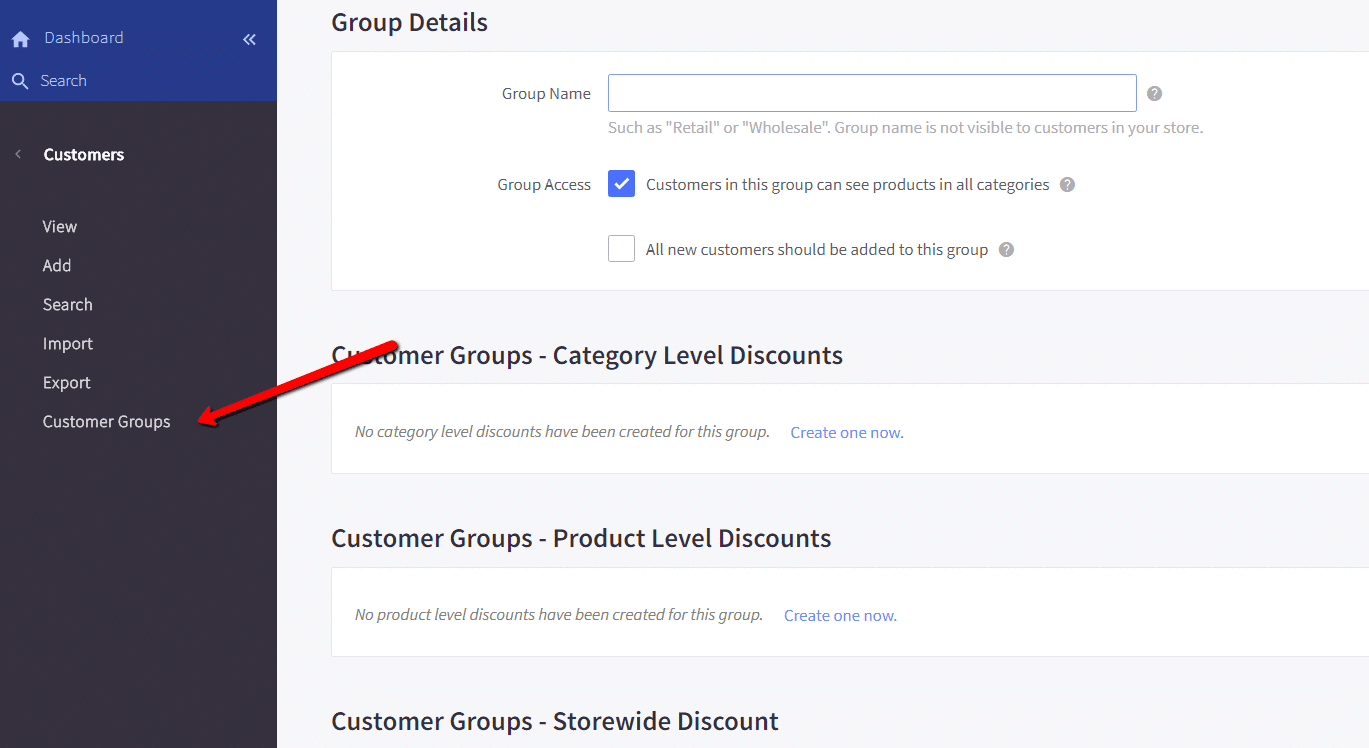
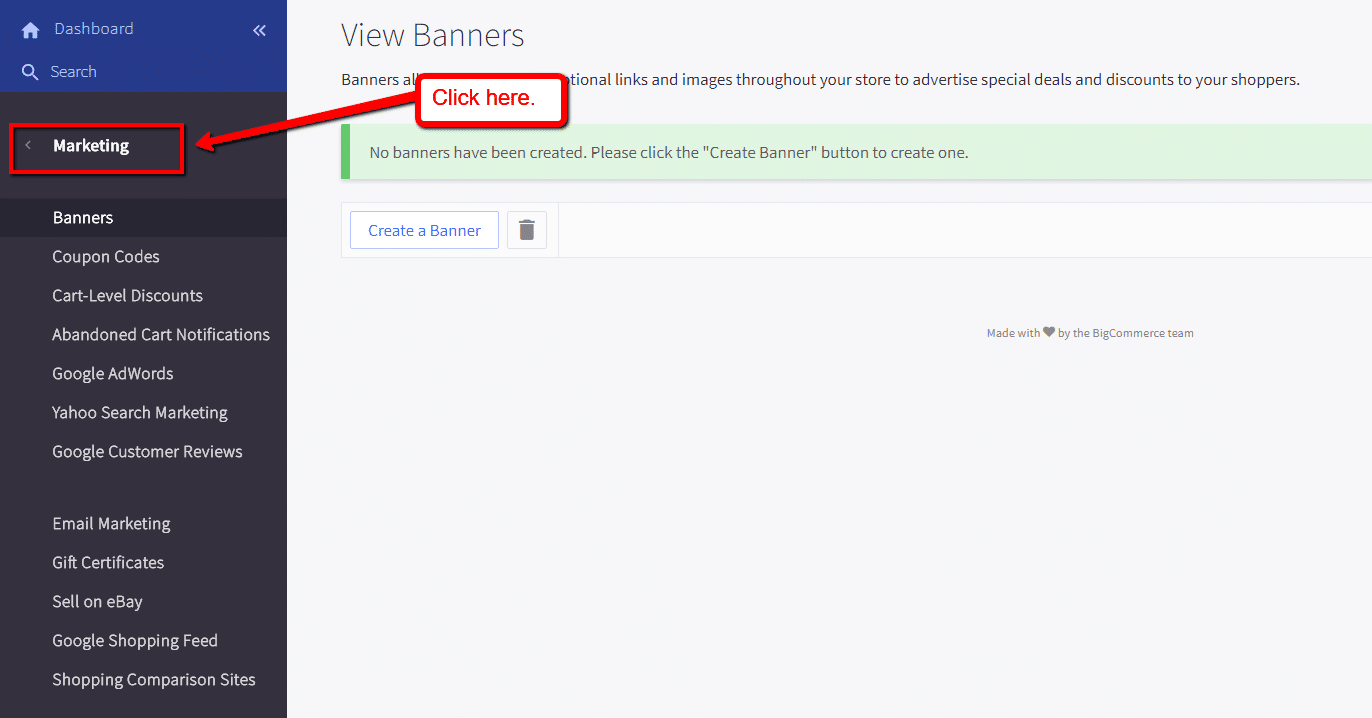
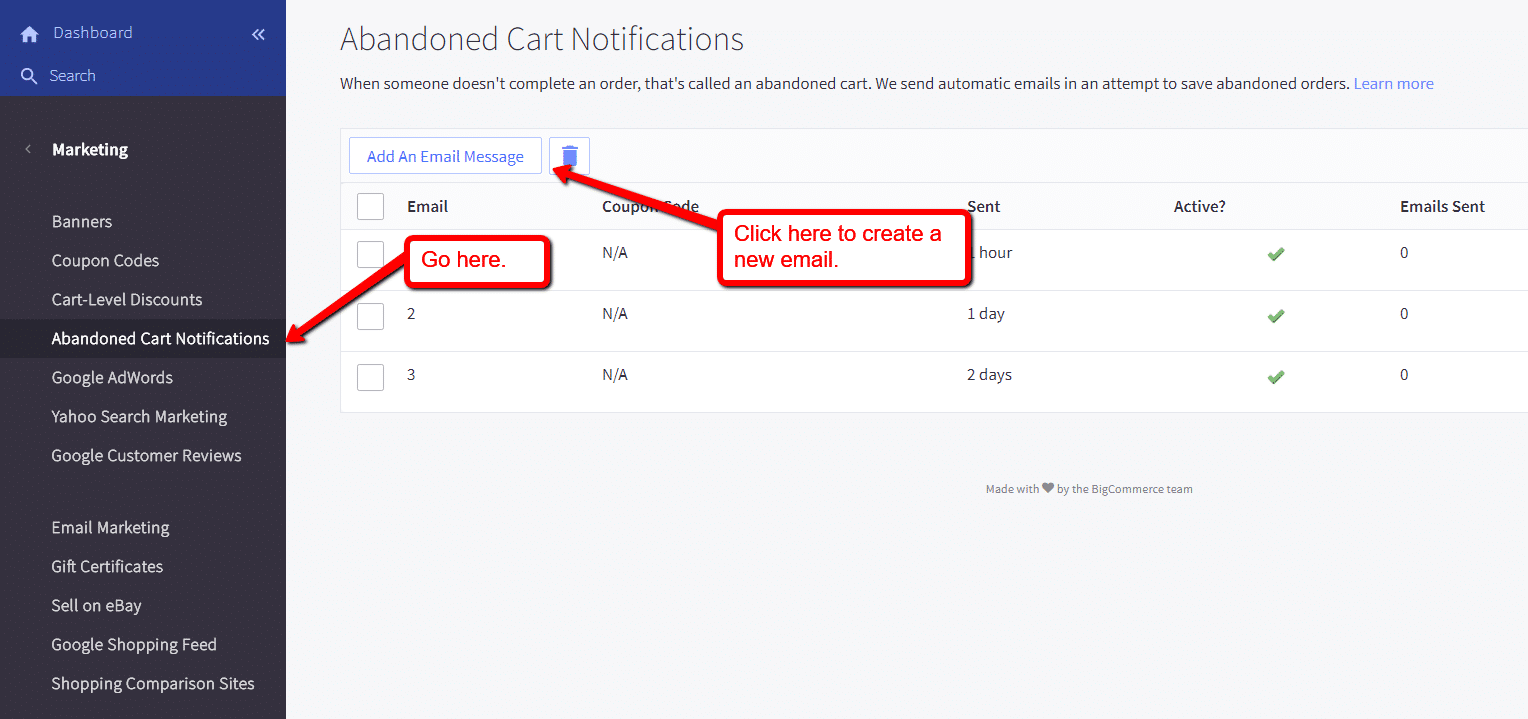
COMMENTS